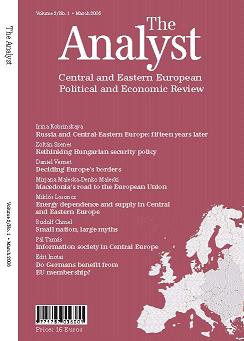Information society in Central Europe
Information society in Central Europe
Author(s): Pál TamásSubject(s): Cultural Essay, Political Essay, Societal Essay
Published by: Globális Tudás Alapítvány
Summary/Abstract: There are various ways to examine the capabilities and achievements, in terms of use of information technologies, of the new market economies of Central Europe. One could focus on whether a country has the economic and technical resources which are needed for IT to be efficiently applied. Or one could take a look at the economic and social impacts IT has had. Alternatively, one can inspect how technologies impact the competitiveness of countries both in a narrowly defined sense of economic structure and more broadly, in the sense of social policy. The countries of the region can be grouped into three categories according to their IT development and potential. In the first category are countries which have the potential to be in the lower ranks of the group of leading countries in Europe. The second category comprises countries which might reach the European average in a few years. A third category of countries appear excluded from large structural change, and from a technology point of view can interface with the world only via “small islands”. The borders are not clear cut, and much can change, depending on the commitment of economies and governments. Nonetheless, these categories seem to exit.
Journal: The Analyst - Central and Eastern European Review - English Edition
- Issue Year: 2006
- Issue No: 01
- Page Range: 121-140
- Page Count: 20
- Language: English

